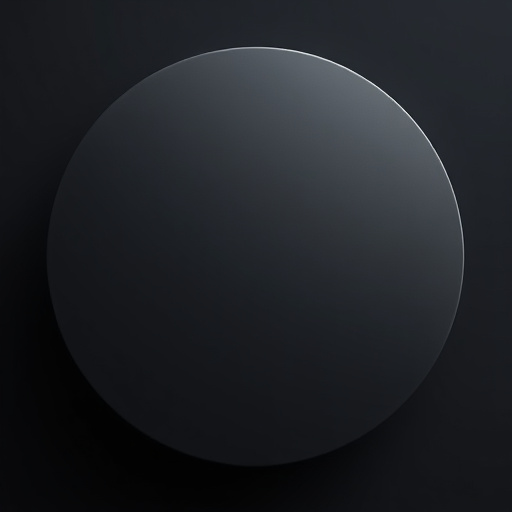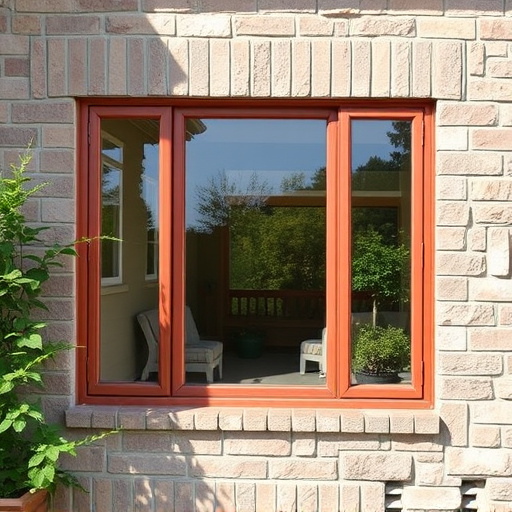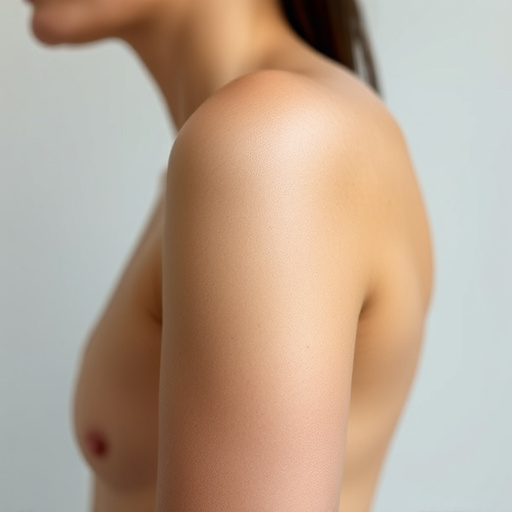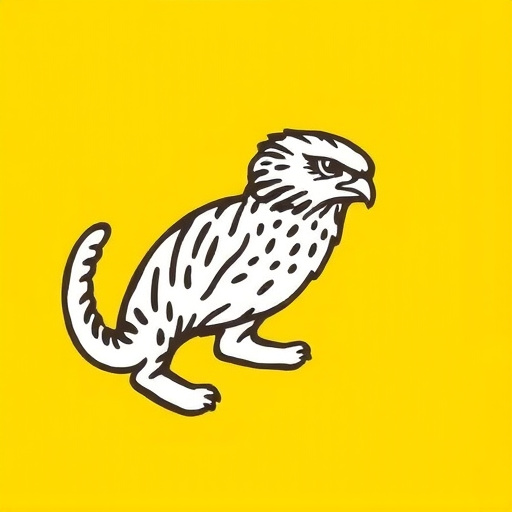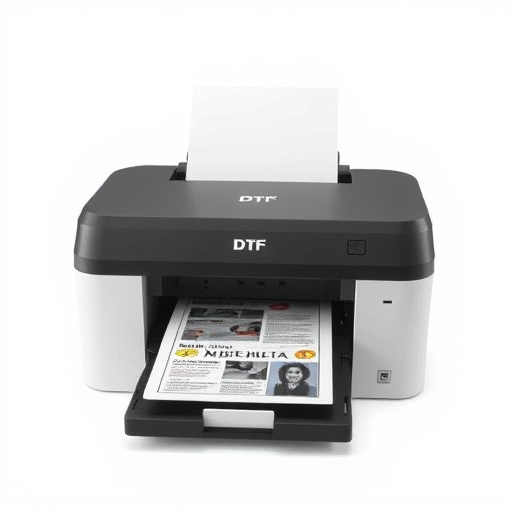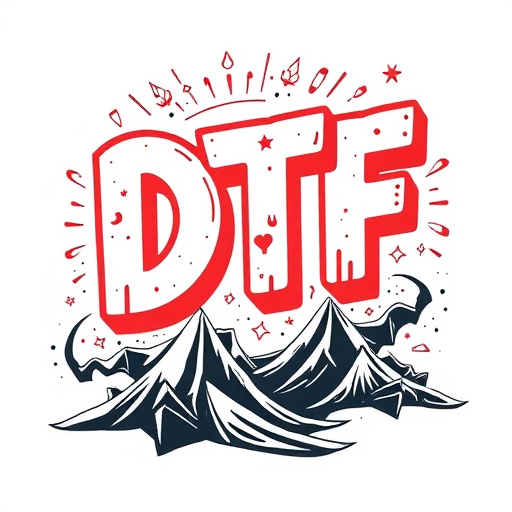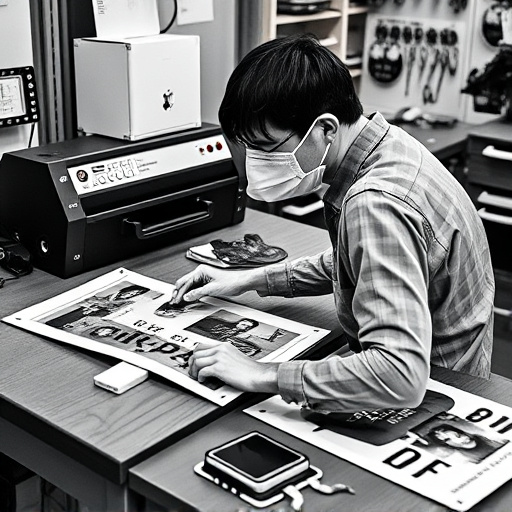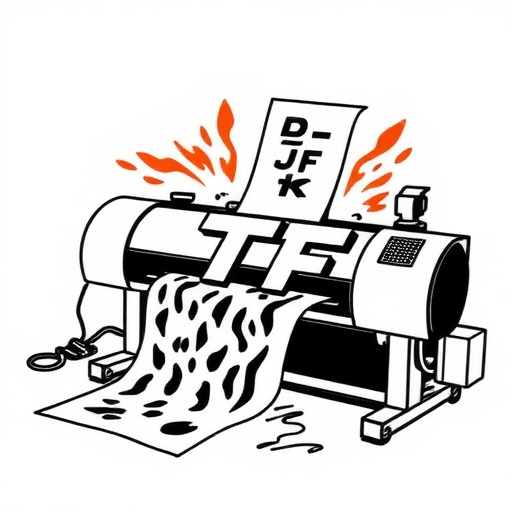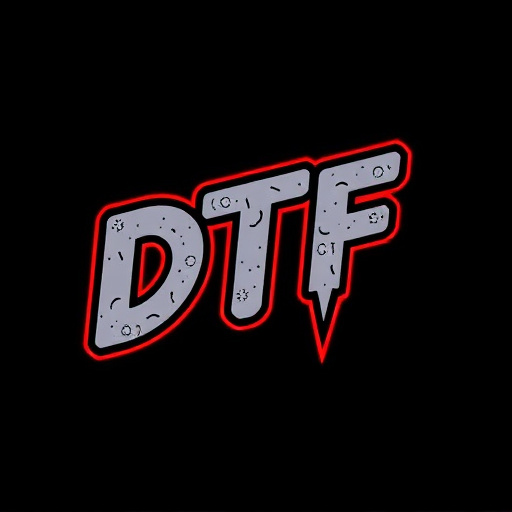DTF (Direct to Fabric) printing is a cutting-edge method for creating vibrant, custom designs directly on fabrics, transforming the apparel industry. It involves transferring ink via heat and pressure, resulting in high-quality prints. This technique's popularity stems from its versatility, allowing for on-demand garment production with intricate designs. To start DTF printing, assess business needs, choose the right equipment, and consider market demand. Investing in this technology offers benefits like control over costs, diverse applications, efficient workflows, and the potential to expand into new markets.
Considering investing in DTF fabric printing equipment? This guide is your starting point. Discover the fundamentals of DTF fabric printing, explore crucial factors to consider before making a purchase, and understand the potential benefits and return on investment (ROI). From understanding the technology to evaluating your workspace and budget, this article covers all you need to know to make an informed decision about entering the world of DTF fabric printing.
- Understanding DTF Fabric Printing: The Basics
- Factors to Consider Before Investing in Equipment
- Benefits and Potential Return on Investment (ROI)
Understanding DTF Fabric Printing: The Basics
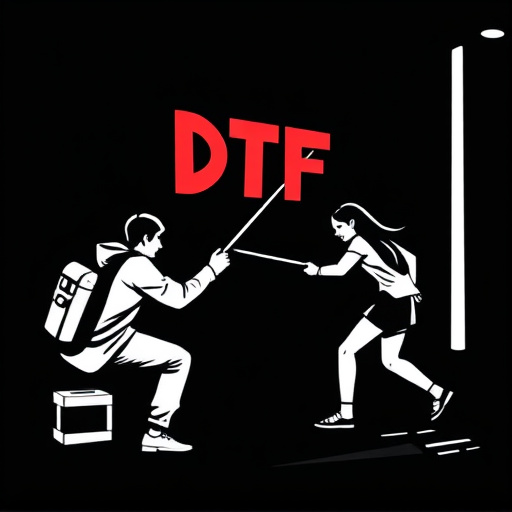
DTF (Direct to Fabric) fabric printing is a cutting-edge technique revolutionizing the apparel industry. It allows for the creation of vibrant designs directly onto various fabrics, offering endless creative possibilities. The process involves transferring ink from a plate or screen onto the garment using heat and pressure, resulting in high-quality, long-lasting prints. This method has gained popularity due to its versatility, enabling designers and manufacturers to produce custom, on-demand garments with intricate vibrant designs.
Mastering DTF fabric printing requires an understanding of DTF file preparation, which includes designing or modifying graphics for optimal printing outcomes. The right software and equipment are crucial for creating precise dtf files that ensure the final print meets expectations. From t-shirts to hoodies, scarves, and more, DTF garment printing opens up a world of opportunities for those looking to enter this exciting field.
Factors to Consider Before Investing in Equipment
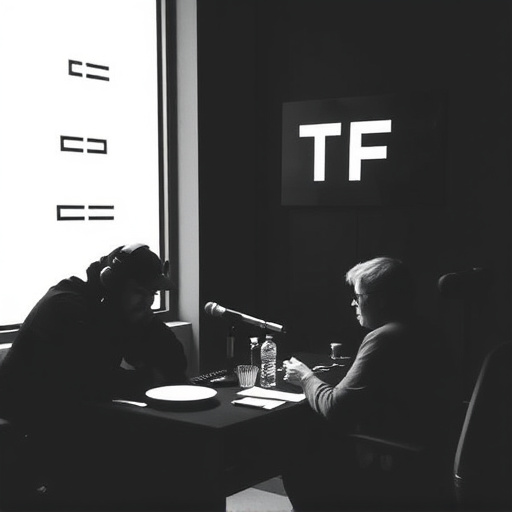
Before investing in DTF Fabric Printing equipment, there are several key factors to consider. Firstly, evaluate your business needs and goals. Are you looking to offer custom apparel services with fast delivery times? Or do you intend to leverage DTF printing for specialized projects? Understanding your market demand and unique selling points is crucial. Secondly, assess the technical capabilities of the equipment. Different DTF printers cater to various fabric types, print resolutions, and speed levels. Ensure the machine aligns with the types of projects you plan to undertake, whether it’s for intricate designs or high-volume production.
Additionally, budget allocation plays a significant role. Compare pricing across different models, keeping in mind that higher-end equipment might offer better longevity and precision. Consider the ongoing costs too—consumables, maintenance, and potential training expenses. Researching reputable suppliers and reading user reviews can help ensure you make an informed decision. Opting for a reliable brand known for its DTF custom apparel solutions or specialized printing services can provide peace of mind and potentially reduce long-term maintenance headaches.
Benefits and Potential Return on Investment (ROI)
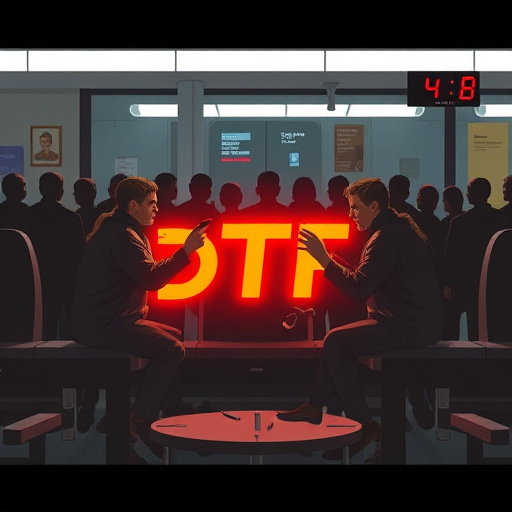
Investing in DTF (Direct to Fabric) fabric printing equipment offers a range of benefits for entrepreneurs and businesses looking to enter or expand their textile printing market. This technology allows for high-quality, precise printing directly onto various fabrics, making it suitable for a diverse array of applications, from custom clothing and accessories to home decor items and more. With DTF fabric printing, you can produce unique, on-demand products with minimal setup time and waste, catering to the fast-paced demands of modern consumers.
The potential return on investment (ROI) is significant. By owning your printing equipment, you gain control over production costs, enabling competitive pricing strategies for your DTF transfer printing services. Moreover, the versatility of DTF printing allows businesses to diversify their product offerings and tap into new markets. Efficient workflows, reduced lead times, and the ability to accommodate custom designs make this technology an attractive option for those looking to establish a profitable dtf heat press settings-driven business or enhance existing print-on-demand services.
Investing in DTF fabric printing equipment is an exciting prospect for businesses looking to diversify their offerings. By understanding the fundamentals of DTF printing, considering essential factors like market demand and startup costs, and weighing the substantial benefits and potential ROI, you can make an informed decision. This innovative technology promises to revolutionize custom apparel and textile printing, so take a dive into these insights to navigate this promising landscape.
